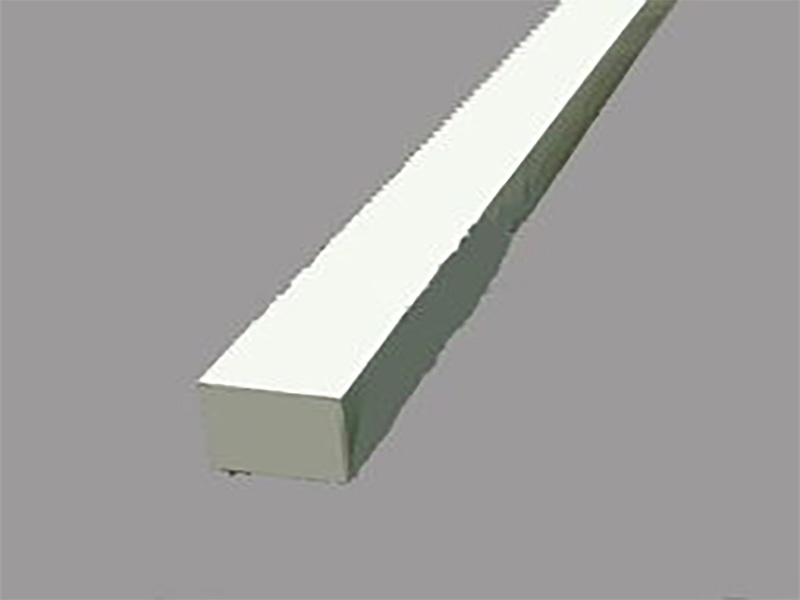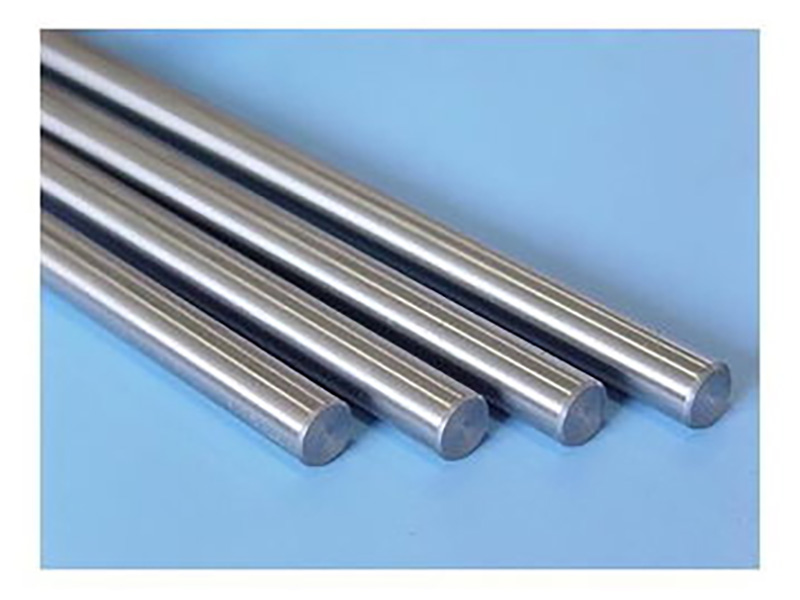

The cutting amount has great influence on the work hardening, cutting force and cutting heat when machining stainless steel, especially on the tool durability. Whether the cutting parameters are reasonable or not will directly affect the cutting effect.
Cutting speed Vc: If the cutting speed is slightly increased when processing stainless steel, the cutting temperature will be much higher, the tool wear will be intensified, and the durability will be greatly reduced.
In order to ensure the reasonable tool durability, it is necessary to reduce the cutting speed, which is generally 40% ~ 60% of that of turning ordinary carbon steel. When boring and cutting, the cutting speed should be reduced properly because the rigidity of the tool, heat dissipation condition, cooling and lubrication effect and chip removal are worse than those of the lathe cylinder.

Different kinds of cutting stainless steels have different machinability, and the cutting speed should be adjusted accordingly. Generally, the cutting speed correction coefficient Kv of 1Cr18Ni9Ti austenitic stainless steel is 1.0, that of 2Cr13 martensitic stainless steel with hardness below HRC28 is 1.3 ~ 1.5, that of 2Cr13 martensitic stainless steel with hardness below HRC 28 ~ 35 is 0.9 ~ 1.1, that of 2cr13 martensitic stainless steel with hardness above HRC28~35 is 0.7 ~ 0.8, and that of concentrated nitric acid resistant stainless steel is 0.6.
1. Cutting depth ap: During rough machining, the allowance is large, and a larger cutting depth should be selected, which can reduce the number of tool passes, and at the same time, avoid the contact between the tool tip and the blank skin, and reduce tool wear. However, when increasing the cutting depth, care should be taken not to cause vibration due to excessive cutting force, and AP = 2 ~ 5 mm can be selected. When finishing, you can choose a smaller cutting depth and avoid the hardened layer. AP = 0.2 ~ 0.5 mm is generally used.
2. Feed rate F: The increase of feed rate is not only limited by the power of machine tool, but also the cutting residual height and chip height increase with the increase of feed rate, so the feed rate cannot be too large. In order to improve the quality of machined surface, a small feed should be used in finishing. At the same time, it should be noted that f should not be less than 0.1 mm/r to avoid micro-feeding, so as to avoid cutting in the work hardening area, and that the cutting edge should not stay on the cutting surface.
(1) When cutting stainless steel, the cutting edge on the grinding wheel is prone to wear and dulling and the abrasive chips are clogged and adhered to the work surface, so the grinding wheel should be trimmed in time. In rough grinding, the grinding wheel should be trimmed coarser. Fine grinding grinding wheel should always be kept sharp to avoid overheating burns. After dressing the grinding wheel on both sides of the corner, the application of oil stone rounding, there shall be no burrs.
(2) When grinding with low surface roughness, it should be divided into rough grinding and fine grinding.
(3) During the grinding process, sufficient cooling must be carried out to take away a large amount of grinding heat and flush the grinding wheel to reduce the blockage of the grinding wheel and prevent the workpiece from generating burns.
(4) Under the premise of ensuring the machining accuracy and surface quality, the grinding allowance should be as small as possible to reduce the number of grinding wheel dressing and improve the choking rate.

For Further Details,Please Feel Free To Contact Us: